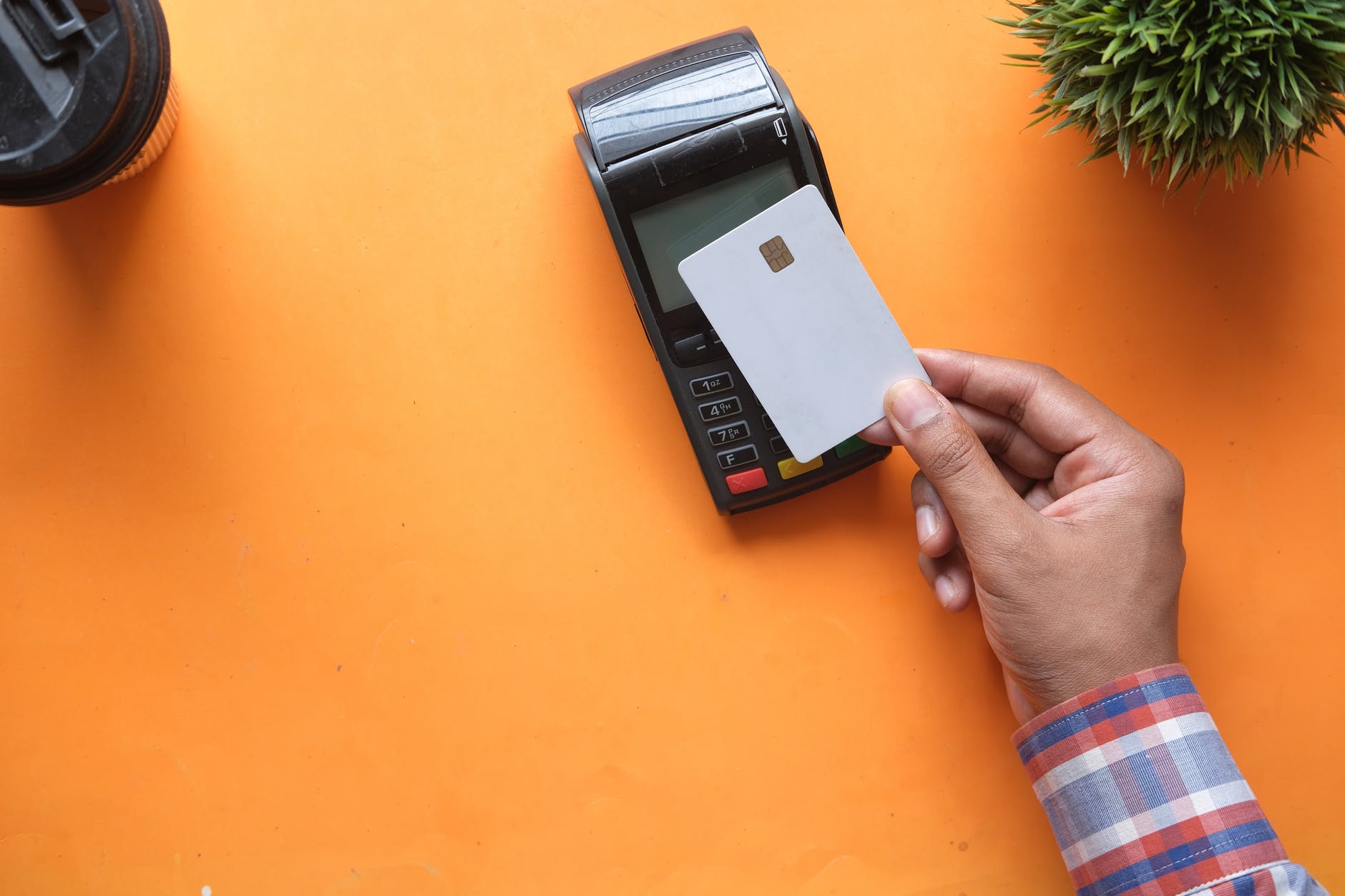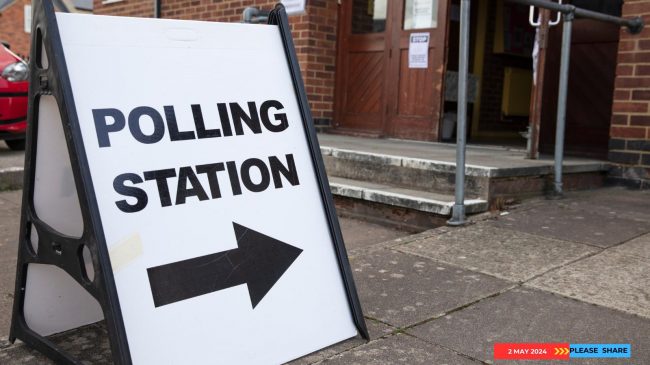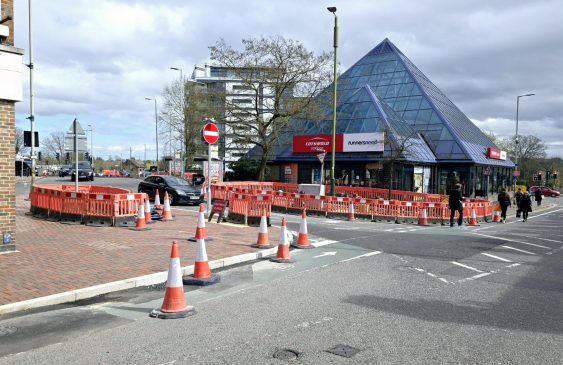Contactless Payment limit has changed
The contactless spending limit on each transaction has now risen from £45 to £100.
The move aims to make purchases such as grocery shopping more convenient, but not all shops will accept the new payment threshold.
One bank boss questioned whether shoppers want a higher limit.
At least 60% of debit and credit card transactions in the UK were contactless in the first seven months of the year. Accounting for 6.6 billion payments to the value of £81bn.
The decision to increase the threshold was taken by the Treasury and the City regulator, the Financial Conduct Authority (FCA).
Chancellor Rishi Sunak said the decision would bring convenience for shoppers and a boost to the High Street following Covid lockdowns.
When contactless card payments were first introduced in 2007, the purchase limit was set at £10 and designed as an alternative to small change. Then to £15 in 2010, to £20 in 2012, and £30 in 2015. But was hurriedly increased to £45 during the pandemic to help reduce the spread of the virus. This also accelerated a move away from cash.
NoAndrew Cregan, payments policy adviser at the British Retail Consortium, seems to think it will take “It may take days, weeks, or even months for some retailers to make the necessary changes in their systems so that the new limit can take effect,”. But in the pandemic it happened very fast, and retailers would welcome this in order to allow bigger purchases.
Graham Farrell, professor of crime science at the University of Leeds, has warned that the “huge increase” could increased attractiveness of bag snatches and pickpocketing by teenage thieves, who could then spend more on a stolen card.
A thief will now be able to spend more on an unreported stolen card before the Pin is demanded.
FCA guidance suggests a cumulative £300 needs to be spent on contactless before a purchase is checked by a Pin, up from the previous recommended level of £130.
“A solution that would balance both sides would be tap-and-Pin. You would have contactless tapping of the card on a machine, without the trouble of putting it in and out of the machine. You would use Pin codes to ensure security, therefore making the theft of the card – as the thieves do not have the Pin – less attractive,” he said.
Authorities have sought to allay any concerns about an increase in fraud, pointing out that there was no rise in the crime after the last increase in the payment limit.
“What’s more, we have seen no material increase in fraudulent transactions in other countries where the contactless limit increased to the equivalent of £100 or above,” a spokesman for the FCA said.
Australia and Singapore have contactless limits of the equivalent of about £100, and Canada’s is close to £150.
It is possible to cancel the contactless, as several banks can switch off the contactless function on request.
Users who use their smartphones to pay, have added security such as fingerprint authorisation.










